In today’s digital marketplace, a high bounce rate can sound the death knell for ecommerce success. But fear not – with the right tweaks and strategies, it’s entirely possible to steer clear of this pitfall. Dive into these 12 impactful strategies to drastically cut down your ecommerce bounce rate:
- Engaging design overhaul
- Streamlined user interface
- Enhanced mobile optimization
- … and several more!

Harnessing these tactics will boost user engagement and keep potential customers anchored to your website. Ecommerce professionals around the globe swear by the Plerdy tool for CRO & UX – it’s time you gave it a shot. Ensure your site serves as a magnet, drawing users in and compelling them to stay. Remember, the longer they linger, the higher your chances of sealing the deal. 🛍️📉🚀.
What is Ecommerce Bounce Rate?
In ecommerce, the term “bounce rate” denotes a crucial metric that gauges visitor engagement on your site. This figure reveals the proportion of users who enter your platform and exit without taking any subsequent actions such as browsing other pages or making a purchase. A sky-high bounce rate typically screams that your platform has some kinks to iron out.
Let’s zoom in on a couple of industry-specific examples:
- Organic Grocery Stores: Customers often aim for quick, hassle-free shopping. A high bounce rate might hint at complicated checkout processes.
- Specialty Coffee Shops Online: Enthusiasts expect sensory-rich descriptions and vivid images. If they leave your website abruptly, consider that an invitation to up your content game.
- Here’s a quick rundown of tactics to help you get a grip on bounce rates:
- Enhance User Interface: Make your website so intuitive that a first-time visitor feels like an expert user.
- Leverage Visual Elements: Stellar imagery and crisp layouts can grip attention and lower that bounce rate.
- Tailor Recommendations: Use data to offer individualized selections, nudging visitors to explore more and bounce less.
Mastering bounce rate analytics and taking corrective action can boost conversions and ecommerce performance.
Why Reducing Bounce Rate is Important for Ecommerce
In the fast-paced ecosystem of ecommerce, reducing bounce rate isn’t just a nice-to-have; it’s a must-have for sustained growth and profitability. When users bail without engaging, it’s like leaving money on the table. This quick exit damages more than just immediate sales—it hinders your credibility and erodes customer trust.
Take the fashion industry, for instance. A high bounce rate suggests that consumers aren’t finding the styles or deals they crave, leading them to competitors who serve up what they want on a platter. For tech gadget platforms, bounce rates skyrocket when user interface snafus make it hard to navigate to the latest innovations. In both scenarios, poor user experience ramps up the bounce rate and puts a damper on potential revenue.
Key factors that can drive down bounce rate:
- Optimized Site Speed: Slow load times are a turn-off. Shave off those extra milliseconds to keep visitors hooked.
- Dynamic Content: A/B testing lets you figure out which content resonates most, so you can roll out more of what works.
- Contextual Offers: Time-sensitive deals or in-stock alerts can encourage deeper website exploration, reducing bounce rate in the process.
In sum, tackling bounce rate head-on can unlock the full potential of your ecommerce platform. By zeroing in on user experience and making data-driven improvements, you’re not just cutting down bounces—you’re amplifying satisfaction, boosting loyalty, and fattening up that bottom line.
List of 12 Ways to Reduce Ecommerce Bounce Rate
Navigating the choppy waters of ecommerce can be a breeze when you’ve got the right compass – and this list of “12 Ways to Reduce Ecommerce Bounce Rate” is pure gold. With each strategy tailored to reel in visitors and keep them hooked, any website owner would be wise to give it more than just a cursory glance. After all, in the bustling marketplace of the digital age, ensuring a low bounce rate can be the ace up your sleeve for a thriving online venture.
Optimize Website Loading Speed to Reduce Ecommerce Bounce Rate
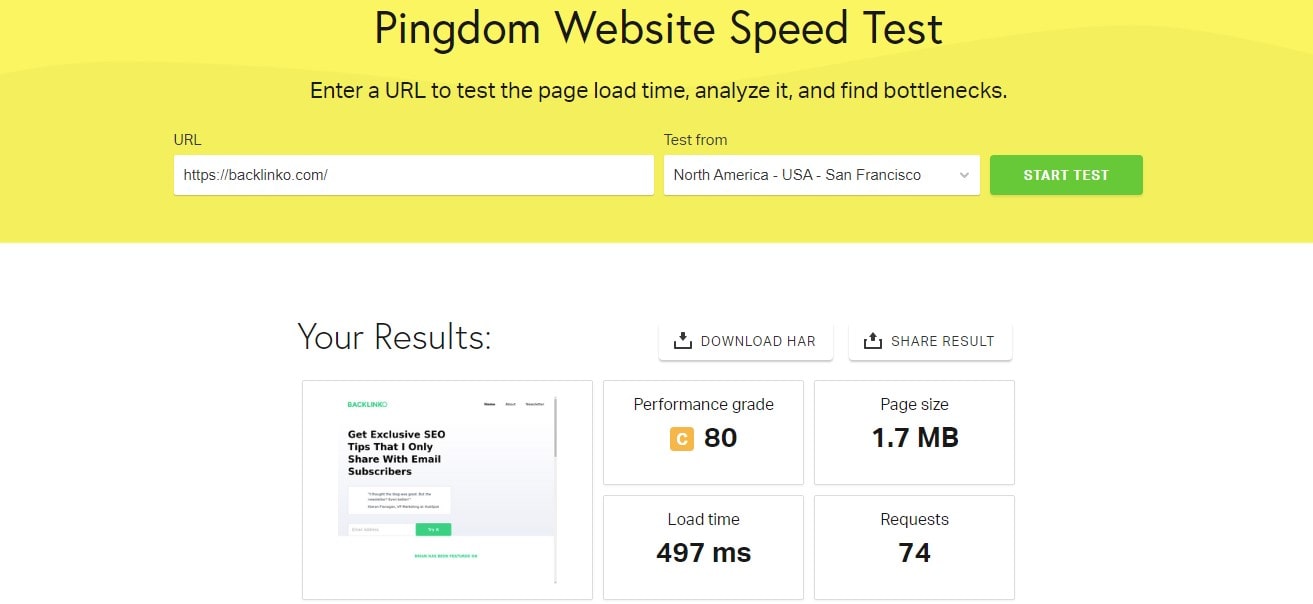
In the ecommerce landscape, sluggish website speed doesn’t just irritate users; it sends them running—right into the arms of your competitors. Each second of delay ticks up your bounce rate, effectively undermining user engagement and slashing conversion rates. Let’s break this down with a gourmet food delivery service as an example. When epicurean adventurers are hungry for truffle-infused pasta, they don’t want to wait. A slow website makes them abandon their carts and hunt for quicker options.
To dial down your bounce rate and keep users anchored, consider these strategies:
- Streamlined Code: Minimize CSS and JavaScript, cutting out any bloat that weighs your website down.
- Image Optimization: Compress and scale images before upload. You want them pretty but not ponderous.
- Caching Mechanisms: Implement caching to load frequently visited pages at lightning speed.
- Content Delivery Network: Utilize a CDN to serve up your website’s elements from the nearest geographical location to your users.
By taking these steps, you’re not just speeding up your ecommerce website; you’re setting the stage for an impressive, user-friendly experience that compels visitors to click, browse, and buy. Optimization isn’t a one-and-done endeavor. It’s a continuous process of refinement that pays dividends in reduced bounce rates and a beefed-up bottom line. So roll up those sleeves and make every millisecond count.
Simplify Navigation to Reduce Ecommerce Bounce Rate
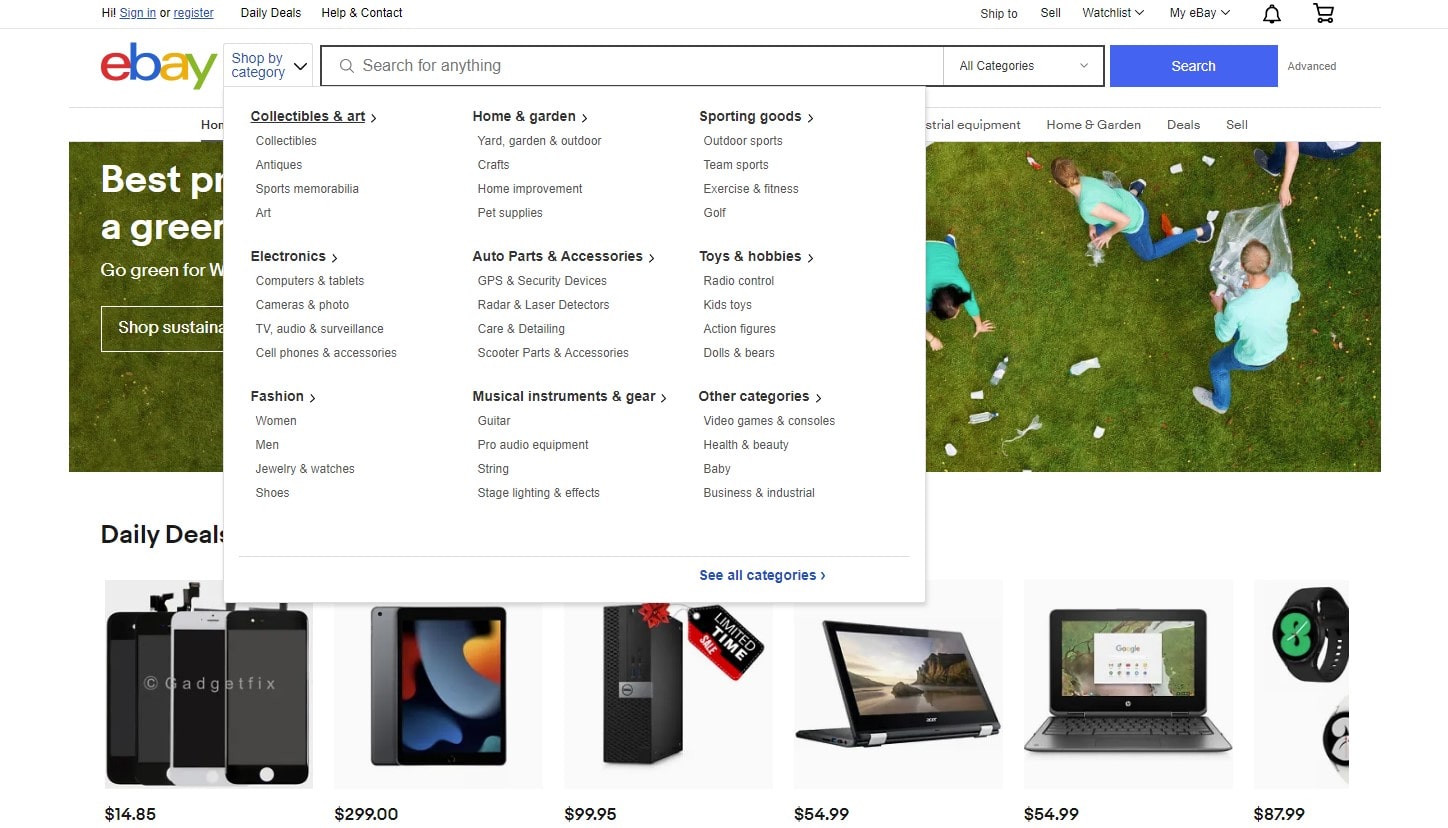
Having an easily navigable website is crucial for maintaining a low bounce rate. Imagine this: a visitor lands on your website, eager to find specific information. If they’re met with convoluted menus and unclear pathways, frustration ensues, and they’ll likely exit—increasing your bounce rate.
Here’s the deal:
- Streamlined Navigation: By using a Simplify Navigation tool, website layouts become more intuitive. This makes it easier for visitors to find what they’re after.
- Bounce Rate Reduction: A user-friendly website directly ties into a lower bounce rate. When navigation is a breeze, visitors tend to stay and explore more.
- Enhanced Engagement: With simplified navigation, website interaction skyrockets. Users feel empowered to dive deeper into content, leading to increased engagement.
A real-life example drives this home: Consider a popular e-commerce website that recently revamped its layout. Post-redesign, the site saw a 15% drop in bounce rate. The reason? They embraced a Simplify Navigation tool, decluttering their interface and making the user journey smooth.
In conclusion, while many factors can affect a website’s success, streamlined navigation stands out. If you’re keen on enhancing user experience, minimizing bounce rate, and maximizing website engagement, adopting a Simplify Navigation tool should be top of your to-do list. Dive into this tool and make website navigation an asset, not a hindrance.
High-Quality Product Images and Descriptions to Reduce Ecommerce Bounce Rate
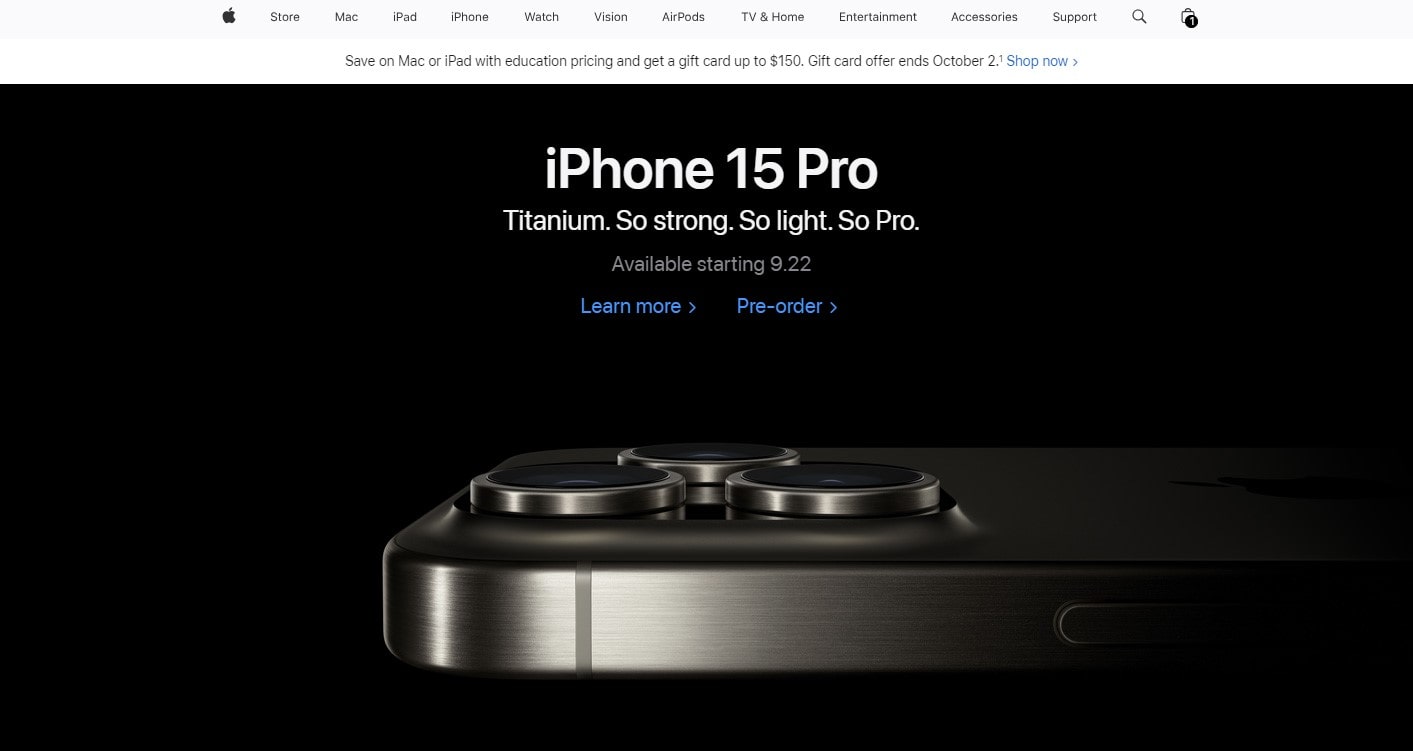
We live in a visual age. When browsing a website, users anticipate sharp, clear product images coupled with detailed descriptions. The connection between high-quality product images and descriptions and a website’s bounce rate is undeniable. When visitors find pixelated photos or vague information, they’re more likely to bounce off, resulting in an unfavorable bounce rate.
Consider these critical points:
- Clarity is Key: The High-Quality Product Images and Descriptions tool ensures that every image on your website pops – clear, bright, and attention-grabbing.
- Information Matters: It’s not just about the visuals. A comprehensive description spells out the product’s value, reducing uncertainties and making the user feel informed.
- Consistency Across the Board: Uniformity in image presentation and descriptive style fosters trust, ensuring users don’t second-guess their browsing decisions.
A prominent online clothing retailer serves as an excellent example. They revamped their website by employing the High-Quality Product Images and Descriptions tool. The outcome? Their bounce rate plummeted by a whopping 20%. Users now revel in the enriched experience, confidently browsing and buying.
To wrap it up, harnessing the power of top-tier images and in-depth descriptions isn’t just an aesthetic move – it’s an operational one. It directly influences how long visitors stay on your website and their likelihood to engage. If you’re serious about optimizing your website and enhancing user experience, implementing the High-Quality Product Images and Descriptions tool is a strategic step you shouldn’t sidestep. Dive in, refine your content, and watch user engagement levels rise.
Personalize User Experience: The Key to a Lower Ecommerce Bounce Rate
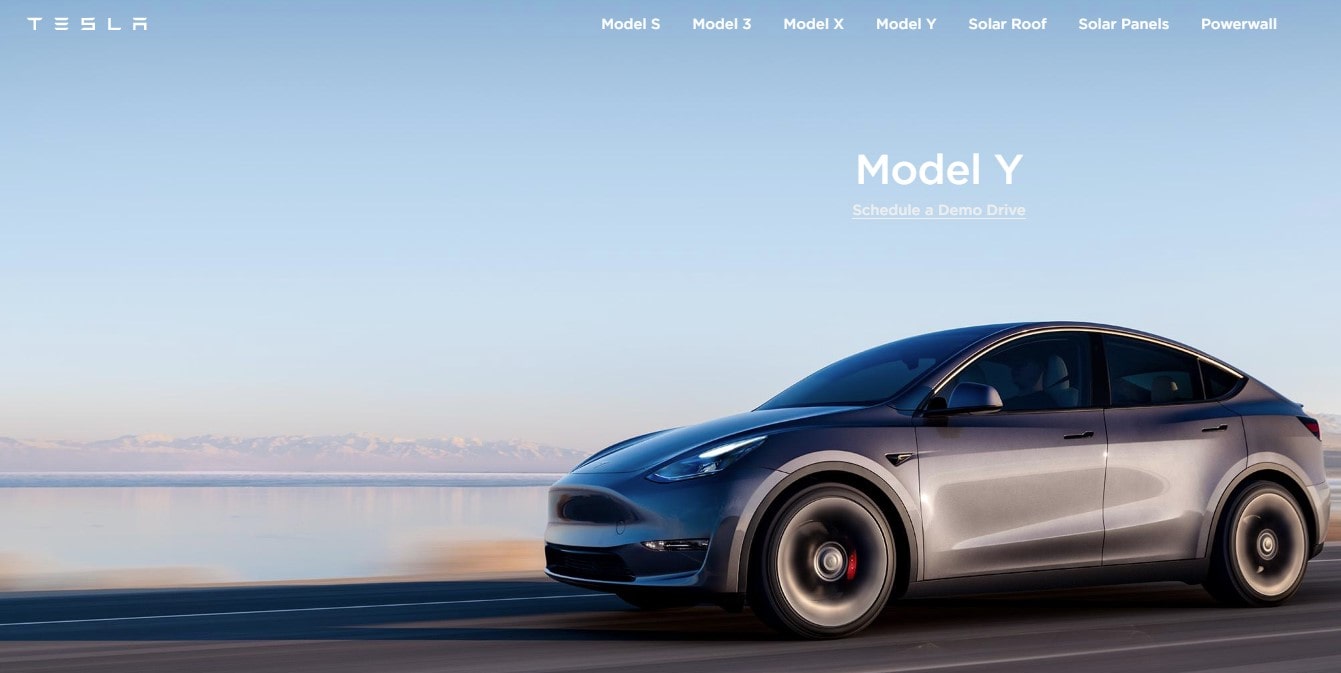
In the digital era, a one-size-fits-all approach for website design simply doesn’t cut it. Tailoring the user experience can significantly reduce a website’s bounce rate. When visitors feel that a website speaks directly to them, they’re more likely to stay, explore, and engage.
Here’s the lowdown on why personalizing user experience matters:
- User-Centric Content: The Personalize User Experience to Reduce Bounce Rate tool pushes content that resonates with individual users. It tracks user preferences and displays relevant information, ensuring they feel seen and understood.
- Intuitive Navigation: When users don’t have to wade through irrelevant content, they find what they’re after more swiftly, leading to reduced bounce rates.
- Building Trust: When a website anticipates a user’s needs, it establishes credibility. Users feel more comfortable spending time on a website that seems to “get” them.
Let’s zoom in on a real-life scenario. An online bookstore, witnessing a steady climb in its bounce rate, tapped into the Personalize User Experience to Reduce Bounce Rate tool. By curating reading recommendations based on past purchases and browsing patterns, they witnessed a significant drop in their bounce rate by 18%. Customers now feel more catered to, leading to longer site visits and more purchases.
In essence, if you’re striving for a website that grips visitors and encourages deeper exploration, a personalized touch is non-negotiable. Harness the power of the Personalize User Experience tool and watch your bounce rate shrink while engagement amplifies.
Implement Live Chat Support to Reduce Ecommerce Bounce Rate
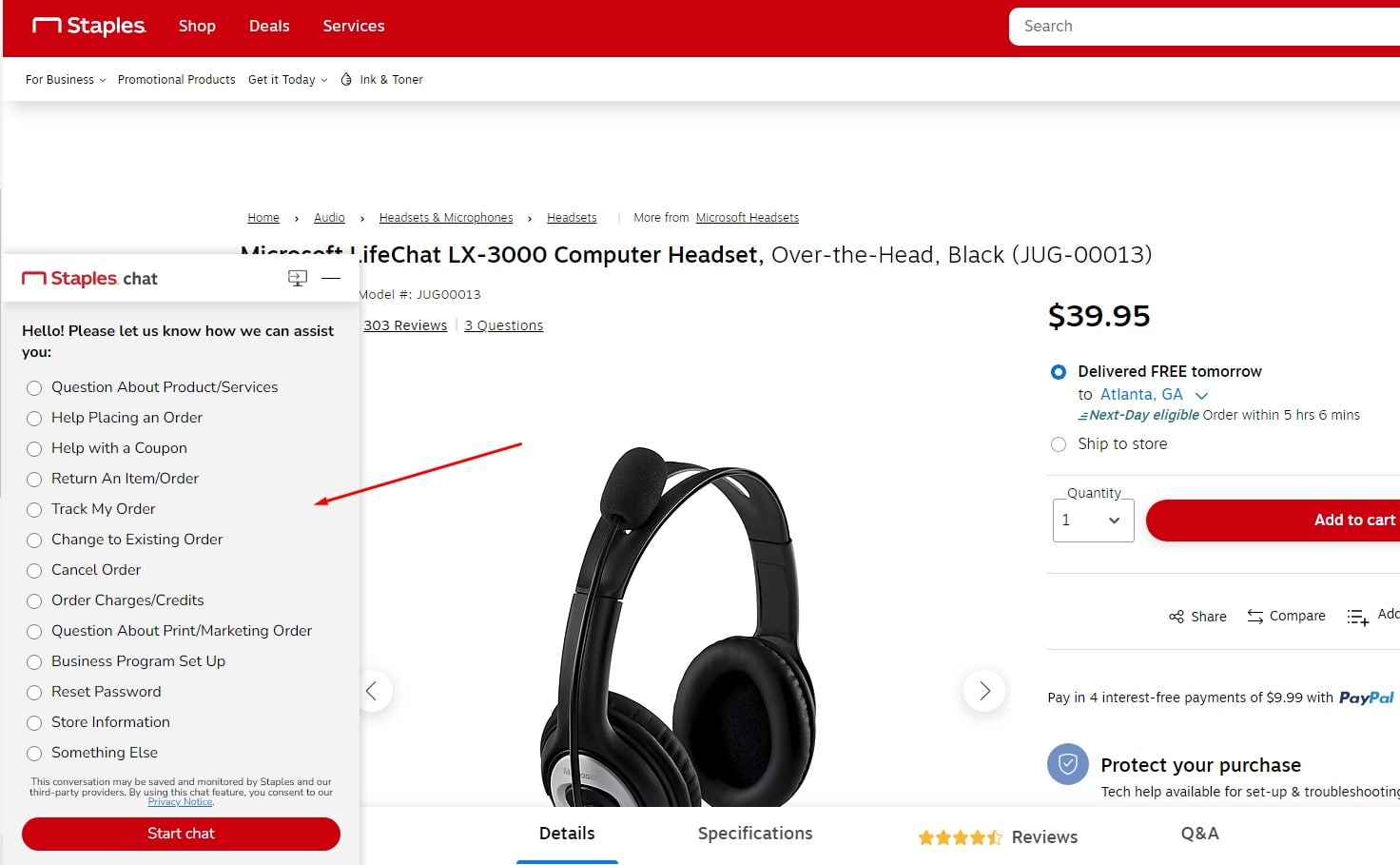
When visitors land on a website and have pressing questions, waiting for email responses just doesn’t hold up. Implementing Live Chat Support is the modern-day solution that directly tackles and reduces a website’s bounce rate. How? By offering real-time answers, eliminating wait times, and showing users you prioritize their inquiries.
Dig into these compelling reasons:
- Immediate Assistance: With the Implement Live Chat Support to Reduce Bounce Rate tool, websites can address queries on the spot, preventing users from hopping off out of impatience.
- Building Rapport: Live chat provides a personal touch. Visitors appreciate the human interaction, leading to enhanced trust and reduced bounce rates.
- Flexibility and Convenience: Users can multitask while chatting, making their website experience more efficient and satisfactory.
Take the example of a boutique hotel chain. After noticing a spike in their website’s bounce rate, they integrated the Implement Live Chat Support tool. By offering instant answers about reservations, amenities, and rates, they saw their bounce rate drop by a commendable 13%. Visitors, feeling valued and attended to, converted into customers more often.
In conclusion, if you’re serious about creating a responsive website environment where queries don’t go unanswered, then live chat support is the way forward. By making this strategic addition, you position your website for increased visitor retention, ensuring they stick around and engage more profoundly.
Mobile Responsiveness to Reduce Ecommerce Bounce Rate
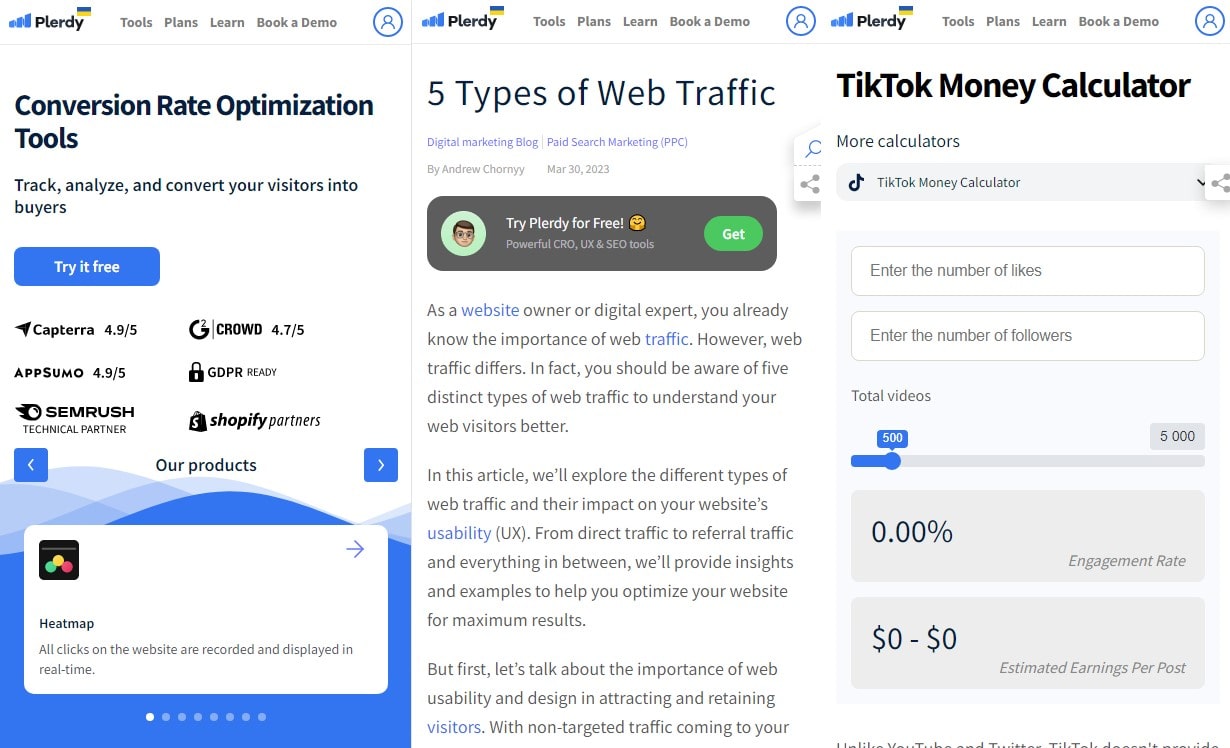
In today’s digital landscape, a non-responsive mobile interface is an ecommerce cardinal sin, one that dramatically inflates bounce rate. Visitors ditch your website if it doesn’t transition smoothly from desktop to mobile. Remember, the pocket-sized screen is where the action happens.
Here are focal points to optimize mobile responsiveness:
- Fast Loading Time: On a sportswear website, for instance, long waits for images to load can kill conversions. Use image compression tools to speed things up.
- Readable Text: If you’re running an online magazine shop, the text must adjust itself depending on the screen. No one wants to pinch and zoom.
- Streamlined Navigation: On a beauty products website, ease of moving between pages can mean the difference between a sale and a bounce.
- Adaptive Images: Your travel adventure gear ecommerce platform should display photos that automatically resize without distortion.
When your site caters flawlessly to both desktop and mobile users, you not only trim down the bounce rate but also cast a wider net for potential conversions. Brands excel when they erase the boundaries between different browsing experiences. By honing mobile responsiveness, you create a fluid journey for your customers—from initial click to final checkout—and mark your ecommerce website as a go-to digital destination.
Clear Calls to Action to Reduce Ecommerce Bounce Rate
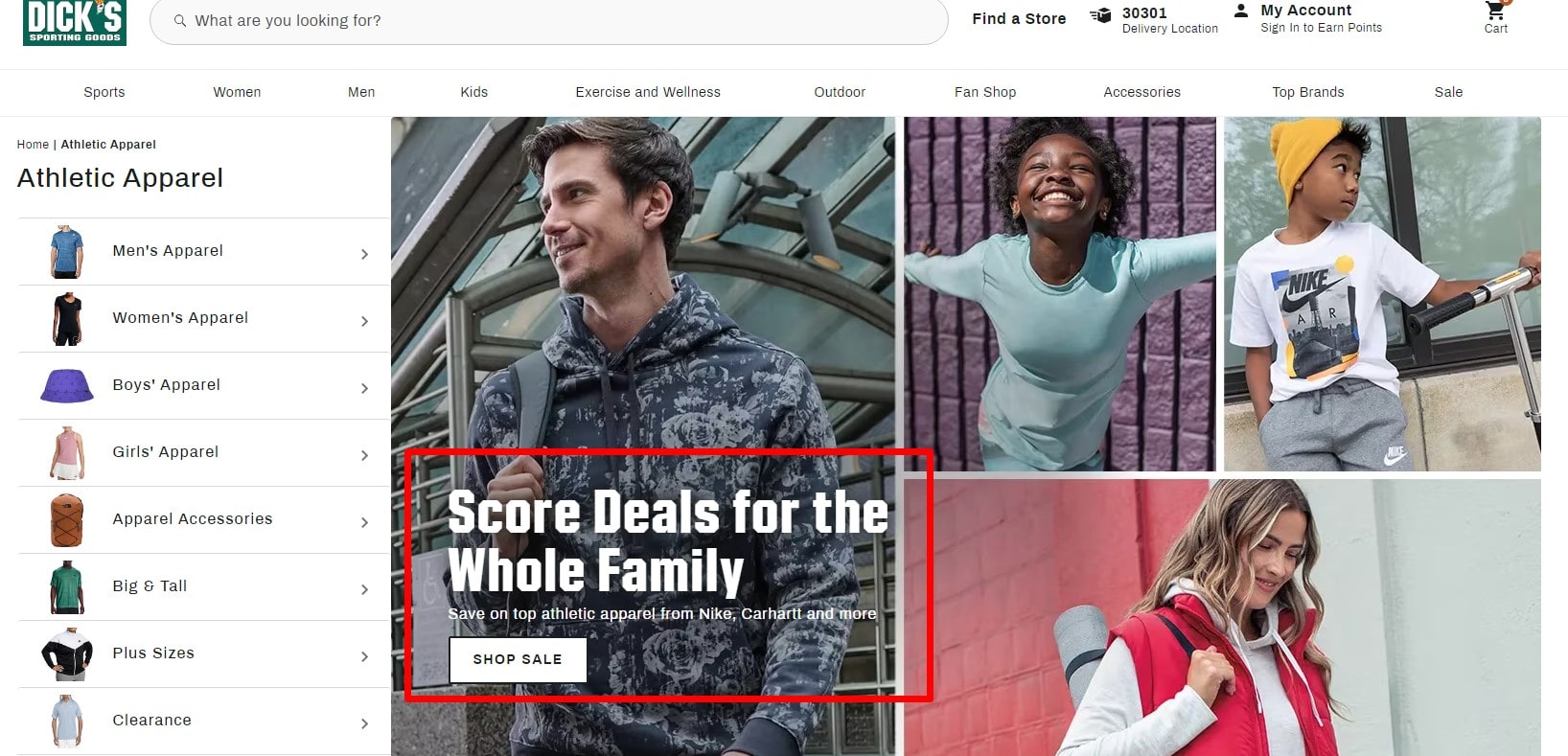
Harnessing the power of direct messaging on your website is crucial. Clear Calls to Action (CTAs) not only guide users effortlessly but also significantly impact the bounce rate. When visitors understand their next steps without any ambiguity, they’re far less likely to exit in confusion.
Consider these essential insights:
- Singular Focus: The Clear Calls to Action to Reduce Bounce Rate tool emphasizes having one primary CTA per page. This avoids overwhelming visitors and drives them toward a specific action.
- Visually Striking: Standout buttons or links grab attention. When users see a vibrant, inviting CTA, they’re more inclined to click.
- Action-Packed Language: Using verbs like “Discover”, “Grab”, or “Dive in” can make all the difference. Such phrases inspire action and reduce bounce rates.
An up-and-coming e-commerce platform serves as an illustrative point. They felt the pinch of a climbing bounce rate due to cluttered, vague CTAs. Post integrating the Clear Calls to Action tool, they reshaped their website, opting for bold, directive CTAs. The result? A dip in their bounce rate by 15%. Visitors, now with a clear roadmap, engaged more and converted frequently.
To wrap things up, if your website aims to convert casual browsers into committed customers or followers, then straightforward CTAs are imperative. With this approach, you not only guide your visitors seamlessly but also foster a space where they linger longer, engage better, and ultimately enhance your website’s overall metrics.
Implement A/B Testing to Reduce Ecommerce Bounce Rate
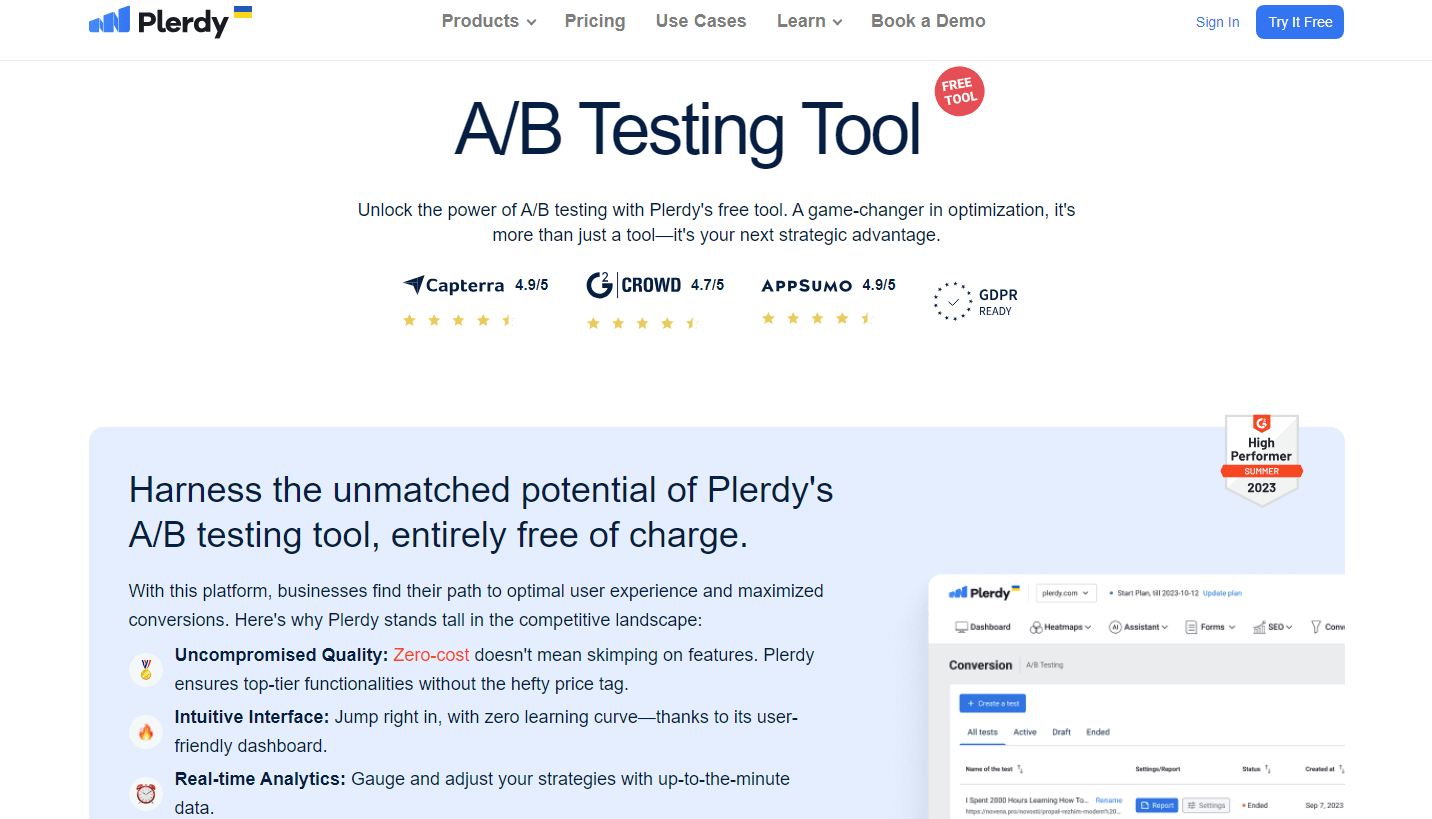
In the digital sphere, the key to reducing a website’s bounce rate often lies in an innovative approach known as A/B testing. This data-driven strategy has revolutionized the way businesses understand and improve user engagement, directly combating dwindling site performance.
Implementing A/B Testing to Reduce Bounce Rate isn’t merely an option; it’s an integral component of website management. This tool operates on a simple yet effective premise:
- Customized Control: Test variations of web pages against each other and gauge the version that performs best in terms of lower bounce rates.
- User Behavior Insights: Track how changes in design, content, and navigation affect visitor interactions.
- Informed Decision-making: Use real-world data to drive enhancements, rather than hunches or untested theories.
For instance, a renowned online bookstore introduced two designs for their landing page, featuring different promotional banners and call-to-action placements. Utilizing A/B testing, they pinpointed the layout that resonated more with visitors, observing a significant decline in their bounce rate.
By continuously testing and adjusting, the website stays aligned with user preferences, keeping content fresh and engagement high. This persistent tuning is a recipe for success in the competitive landscape of online businesses. Indeed, A/B testing serves not just as a tool but as a compass, guiding your website to more fruitful interactions and dedicated audiences.
Leverage Social Proof to Reduce Ecommerce Bounce Rate

In the bustling digital landscape, a website’s bounce rate can make or break its success. To captivate and retain visitors, savvy businesses are turning to a proven strategy: leveraging social proof. By showcasing real-world endorsements and validations, websites can build trust and decrease their bounce rate.
Here’s why leveraging Social Proof to Reduce Bounce Rate is a game-changer:
- Instant Trust-Builder: Displaying reviews, testimonials, or notable partnerships immediately puts visitors at ease.
- Enhanced Engagement: With social badges or user-generated content galleries, a website becomes more dynamic and interactive.
- Conversion Boost: Recognizable endorsements can steer hesitant visitors to take the desired action.
Consider a health supplement brand that initially struggled with a high bounce rate. By integrating a section of verified user testimonials and before-after photos on their landing page, they witnessed a dramatic drop in their bounce rate. Visitors now felt reassured about the product’s efficacy and stayed longer on the website.
Incorporating social proof is no longer an optional luxury; it’s a necessity for websites aiming to reduce bounce rates and enhance user trust. When executed correctly, this tool can transform a website from a mere digital space into a community where visitors feel valued, heard, and engaged.
Streamlining Checkout: A Vital Move to Combat High Ecommerce Bounce Rate
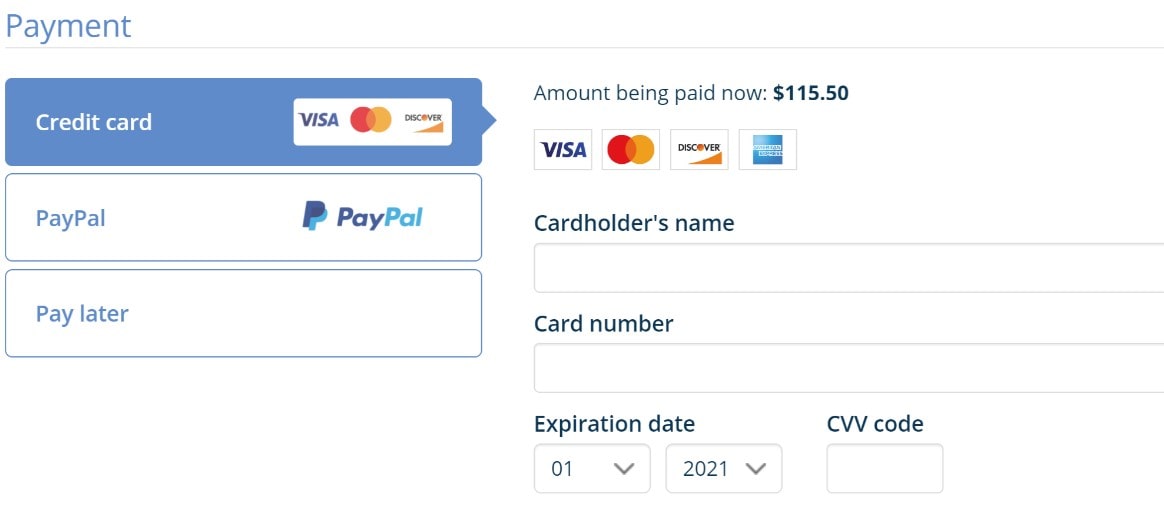
In the e-commerce domain, a website’s success often hinges on its checkout process. A smooth, frictionless checkout can dramatically decrease the bounce rate, ensuring users don’t bail before completing their purchase. Many websites, however, overlook this pivotal phase, resulting in lost sales and increased bounce rates.
Here’s how to dial down friction and keep those website visitors locked in:
- One-Click Checkout: Introduce tools that allow users to save their details for future purchases, speeding up the transaction.
- Progress Indicators: A visual cue showcasing the checkout steps helps users gauge how much longer they need.
- Multiple Payment Options: By diversifying payment methods, a website can cater to broader user preferences.
- Error Notifications: Promptly alert users about any input errors without making them second-guess.
Imagine an online bookstore that noticed an uptick in its website’s bounce rate during checkout. By simply incorporating a tool that flagged mistakes in real-time – such as an improperly formatted address – they managed to drastically reduce friction. The result? A significant dip in their bounce rate, paired with a boost in happy, returning customers.
For any e-commerce website, refining the checkout process isn’t just beneficial; it’s essential. By investing in tools and strategies that streamline this final step, businesses can ensure they don’t just attract visitors but also convert them efficiently.
Use Exit-Intent Popups to Reduce Ecommerce Bounce Rate
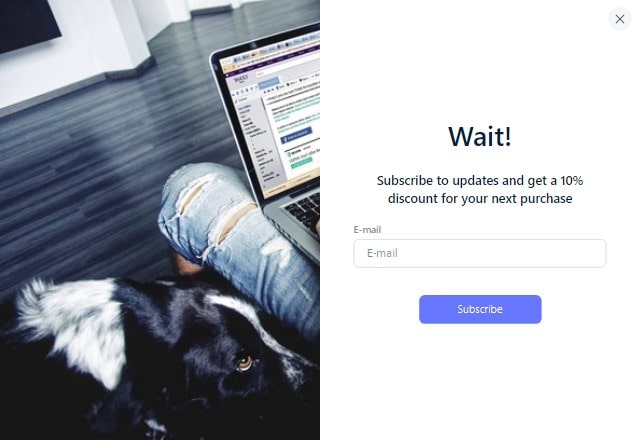
Exit-intent popups act like an attentive sales associate, stepping in just as a customer is about to walk away. Designed to reel visitors back in, these popups can significantly dial down your site’s bounce rate and enhance ecommerce conversions. Let’s say a high-end beauty retailer added a last-second “15% off your first order” popup. Almost immediately, they saw a 25% reduction in bounce rate and a bump in sales.
Incorporate these Elements for Maximum Impact:
- Timely Triggers: Fashion websites often set popups to appear when the mouse navigates away from the main content, capturing attention before an exit move.
- Focused Messaging: Sports gear shops use popups that target specific behaviors, like lingering on a product page, to offer relevant discounts or free shipping.
- Visual Consistency: Top tech brands make sure their exit-intent popups match their website’s overall design theme, maintaining a cohesive user experience.
- Short Forms: Fitness platforms usually go for quick sign-up forms in their popups, making it less of a chore for visitors to engage.
By deploying exit-intent popups that are visually appealing, contextually relevant, and easy to interact with, you hit a trifecta that boosts engagement. Think of it as a gentle nudge, steering a wavering visitor toward a fulfilling action. Optimize your ecommerce website by incorporating these popups, and witness your bounce rate plummet as conversions take off.
Monitor and Analyze User Behavior to Reduce Ecommerce Bounce Rate
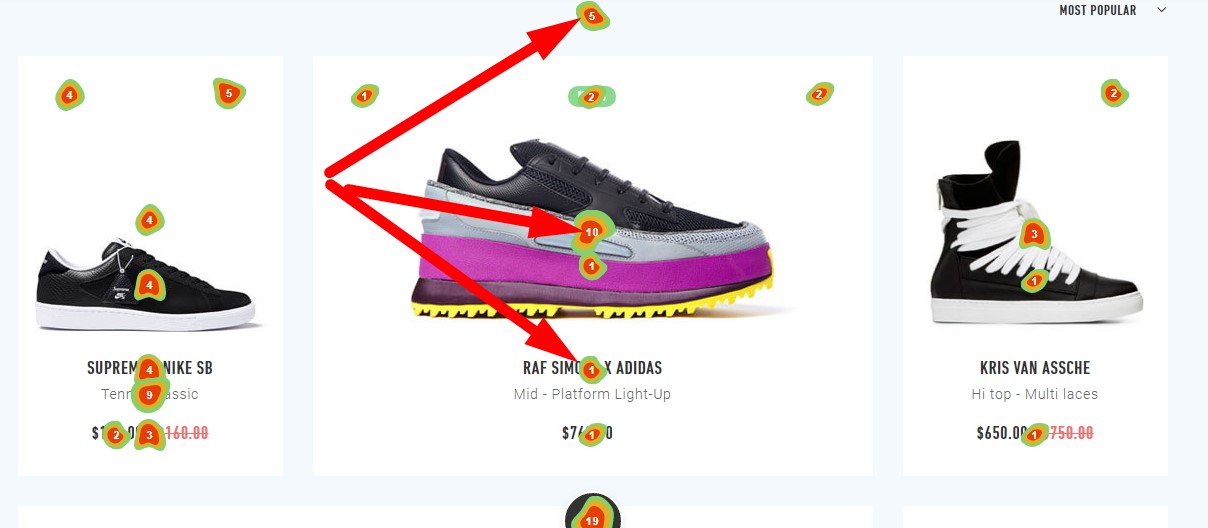
Within the digital landscape, a website’s bounce rate serves as a crucial metric, indicating visitor engagement. When bounce rates climb, it signals that a website isn’t meeting user expectations. But fear not – diving deep into user behavior can shine a light on the problem areas.
Benefits of Monitoring and Analyzing User Behavior:
- Spot Patterns: Pinpoint common pathways users take before they bounce.
- Identify Hurdles: Uncover obstacles causing visitors to leave prematurely.
- Refine Content: Adjust based on what engages users most.
- Optimize Layout: Rearrange elements leading to higher interaction.
Consider this: An online clothing store noticed its website bounce rate was on the rise. By employing a tool designed to track and analyze user behavior, they picked up on a recurring issue. Many users dropped off after struggling to find sizing information. Addressing this, the store revamped its product pages to highlight sizing charts prominently. This tweak brought about a considerable reduction in the bounce rate and amplified sales.
Every interaction on a website tells a story. By keeping tabs on these narratives and responding proactively, websites can foster a more seamless experience for visitors. And remember – a reduction in bounce rate doesn’t just benefit metrics; it translates to happier, more satisfied customers.
Conclusion
Wrapping up our deep dive into the vast ocean of ecommerce bounce rates, it’s crystal clear that a meticulous approach to website refinement makes all the difference. We’ve unraveled 12 robust strategies – from optimizing visuals to fine-tuning user interactions – that have the power to transform casual browsers into loyal customers. A strategic design that resonates, coupled with a user-friendly interface, can work wonders in keeping visitors anchored. After all, in the digital marketplace, every fraction of a second counts. If you’re gearing up to take action, the Plerdy tool offers stellar SEO & UX analysis, ensuring your website stays top-tier and ahead of the competition. To wrap things up, maintaining a low bounce rate isn’t just about attracting visitors, it’s about creating an irresistible experience that makes them want to stay. Navigate these waters with precision, and success is yours for the taking. 🛒🖥️🎯.
